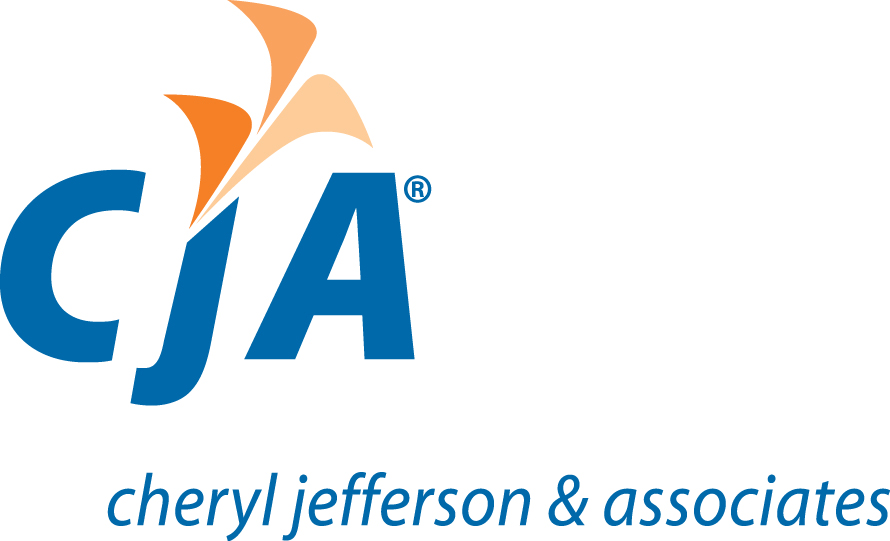Is it a depreciable asset or not?
The Internal Revenue code (IRC) states that you must capitalize all tangible property acquired, produced, or improved regardless of the size and price. So in theory, the IRC requires you to put the $19.99 USB stick that you bought as an asset on your balance sheet and depreciate it over its useful life. For tax purposes, this falls under the 5-year category, so it would be depreciated for 5 years. In reality, you would never get any real work done if you spent all of your time managing depreciation schedules for these small items and recording the disposals of them. Hence, the IRS has finalized the de minimis safe harbor rules which allow you to expense certain items immediately. This law went into effect for tax years beginning on or after January 1, 2014.
What is the final rule on cap policies?
De minimis safe harbor means that you can use an amount at which you determine to expense tangible property rather than capitalizing and depreciating it. The amount must be ordinarily used for your financial accounting. If you have an applicable financial statement (AFS), the amount deducted can be up to $5,000 per invoice or item. If you do not have an AFS, the amount is limited to $500 per invoice or item. Applicable financial statements are financial statements required to be filed with the SEC, IRS, other federal or state government agency; or certified audited financial statements with a CPA report. Most small businesses will NOT have an AFS.
If you do not have an AFS, the final regulations do not require that you have a written accounting procedure at the beginning of the tax year in order to qualify for the election that year. However, you must have used the de minis amount consistently in your accounting procedures or policies, as reflected in your books and records. If your policy for capitalization is more than $500 and you do not have an AFS, then you can still deduct the higher limit as long as it reflects your income. Expect that a capitalization policy that is so high that all tangible property is expensed immediately will come under the scrutiny of the IRS. This is why the $500 amount is called a “safe harbor”.
In addition, the final regulations address safe harbor for improvements by small taxpayers, as well as safe harbor for routine maintenance. Under the safe harbor for small taxpayers, you are not required to capitalize building improvements (leased or owned) that do not exceed the lesser of 2% of the basis of the building or $10,000. Under the safe harbor for routine maintenance, you are not required to capitalize improvements to tangible business property that you expect to recur in order to maintain ordinary efficient operating condition. Betterments and restorations do not qualify for the routine maintenance safe harbor.
To elect to use the safe harbors, you should attach a statement for each election to your timely filed return that describes the election. These are annual elections, so they could change from tax year to tax year, but remember consistency within your books and records.
Materials and supplies rules were not changed in the final regulation, however, clarification was provided. Materials and supplies is defined in the regulations as tangible, non-inventory property used and consumed in your operations including: costs of components acquired to maintain, repair, or improve tangible property owned, leased, or serviced by you and that is not acquired as part of a larger item of tangible property; consumables that are reasonably expected to be consumed in 12 months or less; tangible property that has an economic useful life of 12 months or less; or costs of tangible property that has an acquisition cost or production cost of $200 or less.
Implications for state property tax
The IRC on tangible property provides safe harbors for income tax purposes, however, this does not apply to state property tax. Most states consider all tangible business personal property subject to property tax, including supplies and inventory to some degree. Therefore, all property that you expensed under the IRS safe harbors will likely need to be reported on your state property tax return. This is where the bookkeeping nightmare begins. While cumbersome, CJA recommends that non-capitalized equipment be kept in a separate expense account from office supplies and other consumables in order to facilitate reporting for property tax purposes by year. Typically, the non-capitalized equipment needs to be reported in depreciation schedules on the form, while supplies and inventory are reported in a separate section. In addition, you should include sufficient descriptions in your accounting records so you can easily identify those items that have been disposed and need to be removed from the property tax return.
Now is a good time to discuss capitalization policies and their implication on income tax, property tax, as well as accounting records with your CPA for tax year 2015.
